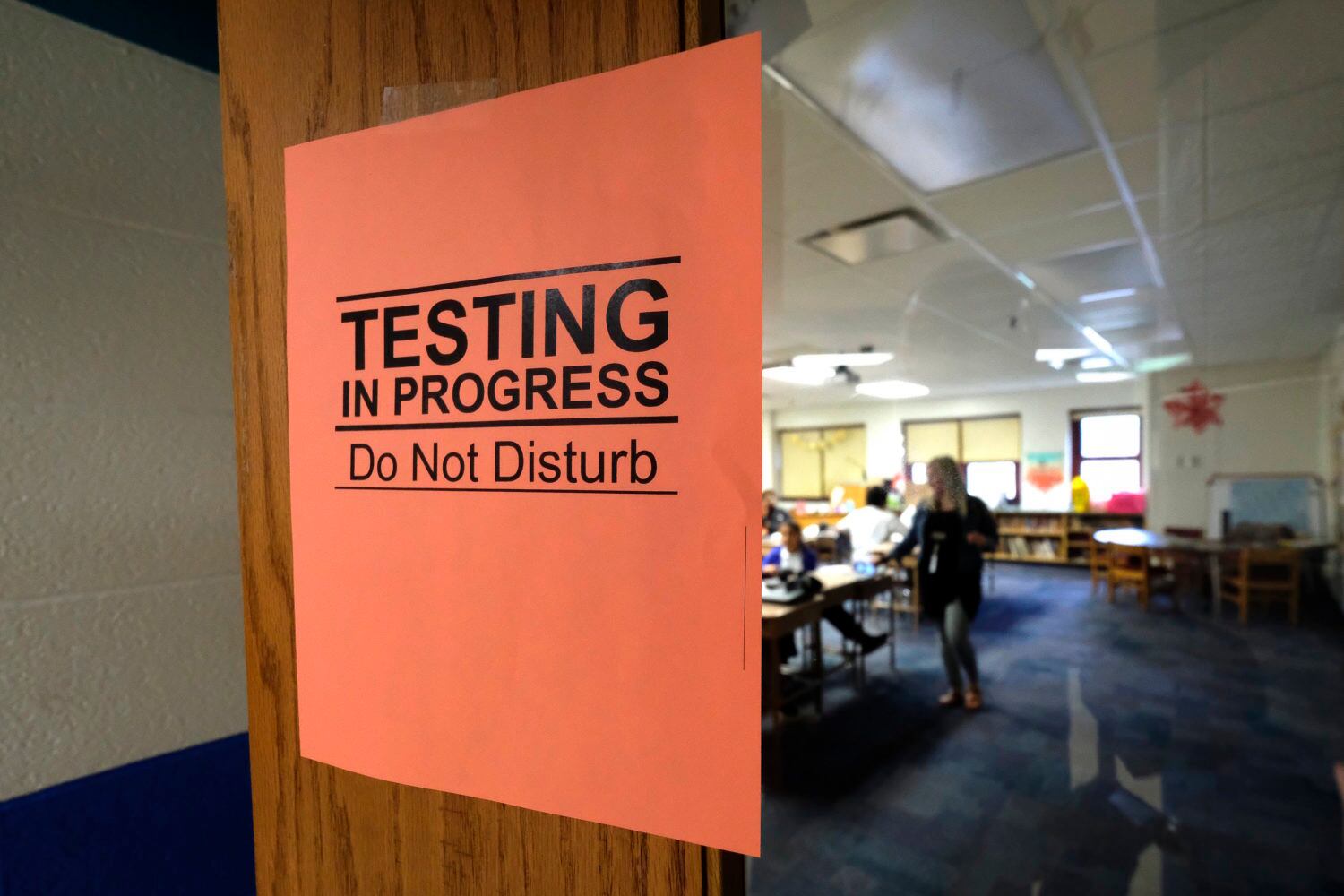The Indiana State Board of Education aims to overhaul the A-F grades it gives schools to include new measures of how much students are learning and better reflect the state’s education priorities.
At a meeting Tuesday, the board discussed a framework drafted by its staff that offered several ideas for updating the school accountability system. The revamp will likely include many of the same metrics that schools are currently judged by, such as state test scores and graduation rates, but the board is also considering adding measures and tweaking some of the existing ones.
The proposal raises several possibilities, including incorporating science and social studies test scores in elementary school grades, using student attendance as a measure of success, and changing the way that graduation rates influence school grades.
The state will hold several discussion sessions in the coming weeks to gather feedback and ideas from parents, teachers, and administrators.
School grades, which the state began using in 2011, play a crucial role in Indiana’s efforts to improve educational quality. They are designed to offer parents and community members an easily understood assessment of how schools are doing. And schools with chronically low marks face state intervention.
The accountability system has always been controversial, in part because it relies heavily on state test scores. Elementary and middle schools currently receive A-F grades based on how well students do on the math and English portions of the state ILEARN exam, an approach that some critics say leads schools to narrow their curriculum and misses other important information on school quality. High school grades also incorporate school graduation rates and measures of college and career readiness, such as how many students earn college credit or certifications.
Because of precipitous declines in standardized test scores when the state made changes to its assessment, schools were held harmless from dips in passing rates for three of the last six years, and many schools received state letter grades based on old scores.
Indiana operates two parallel accountability systems, with each school receiving a state grade and another assessment to comply with federal law.
It’s unclear whether the new model will eliminate the need for separate federal evaluations of schools.
“Indiana’s accountability system will do what’s best for kids,” said state board chair B.J. Watts. “If that mirrors the federal system, then that’s great. And if it does not, then I’m OK with that.”
Many state leaders hope the overhauled A-F grades will incorporate more than student test scores. But experts caution that it can be hard to create reliable, comparable metrics of student success besides standardized test results. That’s because schools often use different approaches to tracking priorities such as whether students are chronically absent or on track to graduate, and the results can be easily manipulated.
The board is also considering creating a new dashboard with supplementary information on how schools are doing.
Christy Hovanetz, a senior policy fellow at the Foundation for Excellence in Education, a nonprofit that consults with states about accountability systems and how to improve them, argued that it would make more sense to include additional information in the dashboard.
The initial framework the board is using starts from the right goals and values, Hovanetz said. But, she added, the board needs “to be more critical about which indicators are appropriate for a rating versus which should be on their dashboard.”






